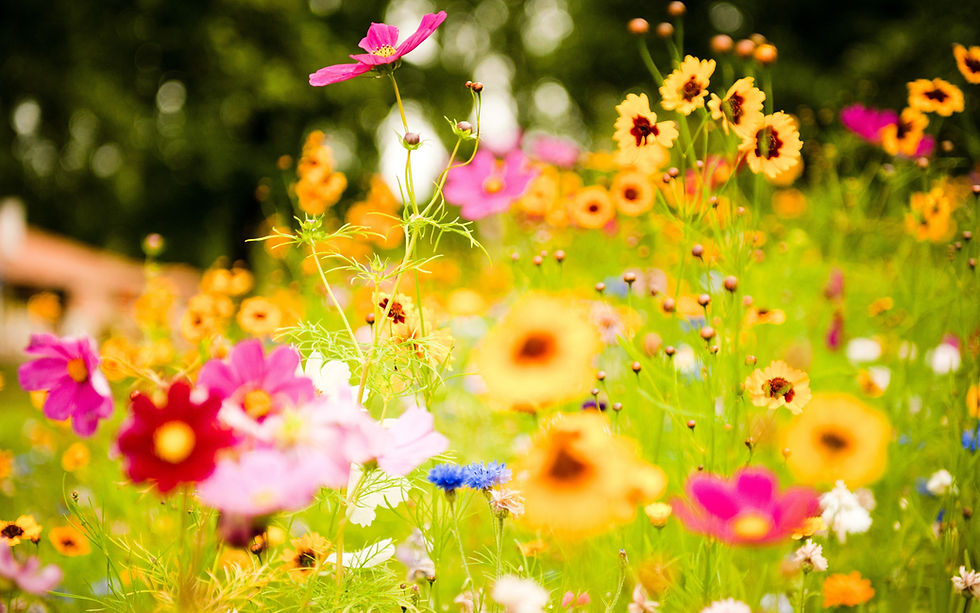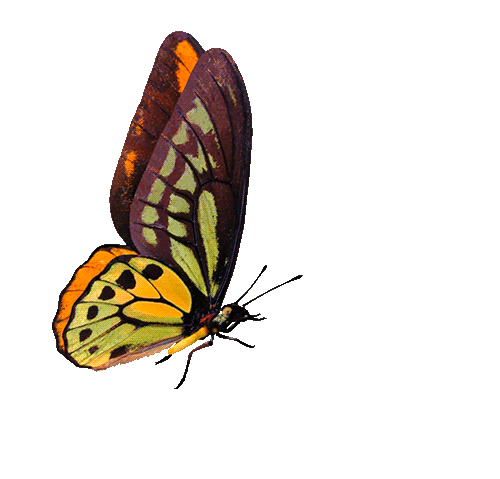Welcome to the most beautiful and accurate floriographic reference garden on the web.
Use this visual florapedia to learn more about the popular Victorian pastime of sending coded messages through the selection of particular flowers and blooms. Plan a theme flower garden, imbue a bouquet with special meaning, search for books on floriography and flower symbolism, or just wander the garden.
The language of flowers, sometimes called floriography, is a means of cryptological communication through the use or arrangement of flowers. Meanings and magic has been attributed to flowers, plants, and trees for thousands of years, and some form of floriography has been practiced in traditional cultures throughout Europe, Asia, and the Middle East.
Interest in floriography increased in Victorian England and in the United States during the 19th century. Gifts of blooms, plants, and specific floral arrangements were used to send coded messages to the recipient, allowing the sender to express feelings which could not be spoken aloud in Victorian society.
Armed with floral dictionaries, Victorians often exchanged small "talking bouquets", called nosegays or tussie-mussies, which could be worn or carried as a fashion accessory.
But even prior to the Victorians, William Shakespeare, Jane Austen, Charlotte and Emily Bronte, and children's novelist Frances Hodgson Burnett, amongst many others, used the folkloric language and symbolic meaning of flowers in their writings.
In art, the Victorian Pre-Raphaelite artist movement made particular use of floral symbolism in many of their paintings.
Browse this site for beautiful images, floral meanings, folklore and flower facts, and shopping (coming soon).





